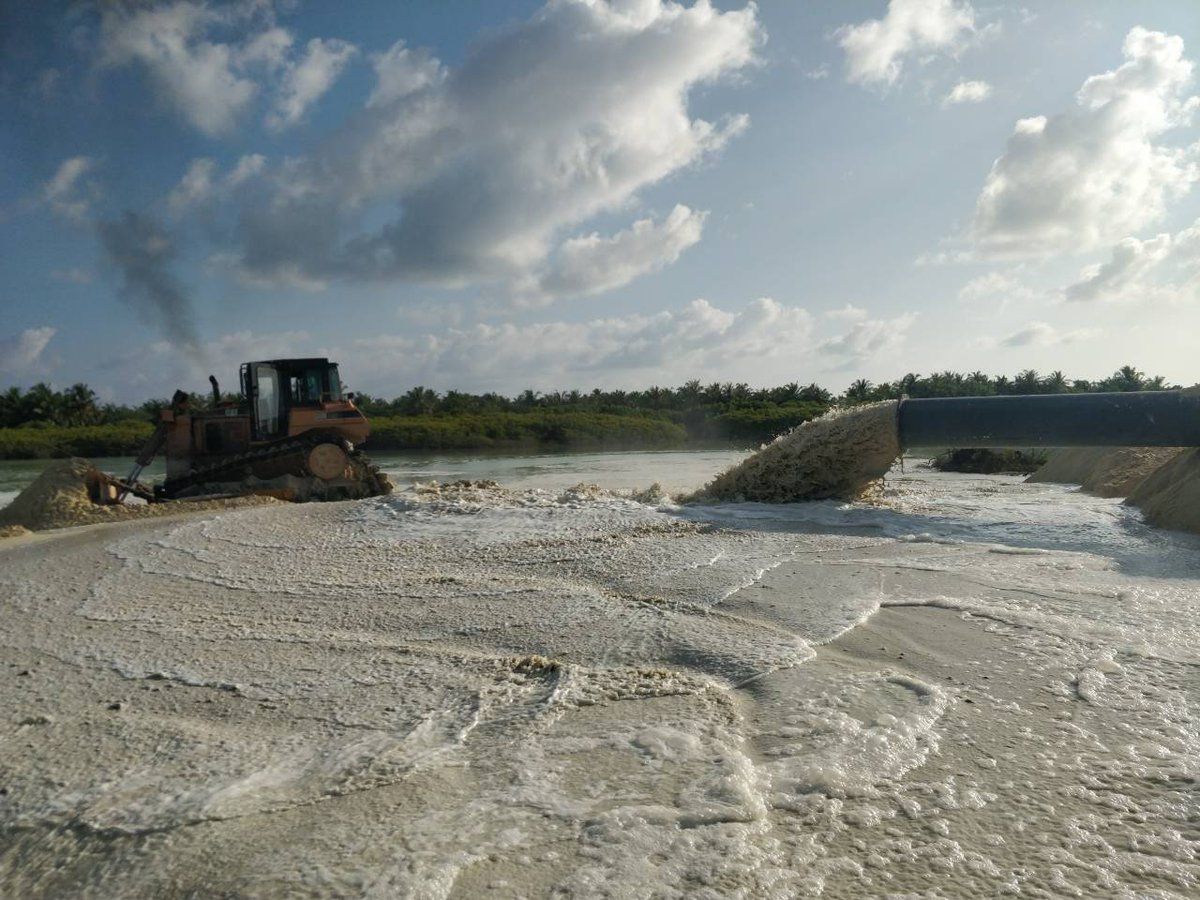“Oh, we’re sinking, look” – The Maldives and the environment
The Maldives government is accused of hypocrisy: planning for the destruction of the environment while at the same time championing to save it.

15 Dec 2017, 9:00 AM
It has been a busy winter for the Maldives Environment Minister Thoriq Ibrahim.
Last Wednesday he concluded the One Planet Summit, which marked two years since the Paris Agreement. In November he attended the COP23 Summit. The Maldives is a poster child internationally for its vulnerability to climate change, but its globetrotting and grandstanding has drawn criticism and mockery at home.
“The Maldives doesn’t have a rightful position on the international stage to vocalize about environmental issues. We’re environment destroyers,” says Adam Isham, who is part of the #SaveMaldives campaign raising awareness about the destruction of natural habitats in the country.
The NGO EcoCare is suing the Environment Ministry and the Environment Protection Agency (EPA) for destroying mangroves to build an airport in Kulhudhuffushi. The 2018 budget has caused alarm over its plans to reclaim more than 20 lagoons, and the government has talked about building more airports. Two new environment laws are awaiting approval because of power plays in parliament, meaning the Maldives still operates under the 1993 Environment Act.
Become a member
Get full access to our archive and personalise your experience.
Already a member?
Discussion
No comments yet. Be the first to share your thoughts!
No comments yet. Be the first to join the conversation!
Join the Conversation
Sign in to share your thoughts under an alias and take part in the discussion. Independent journalism thrives on open, respectful debate — your voice matters.




